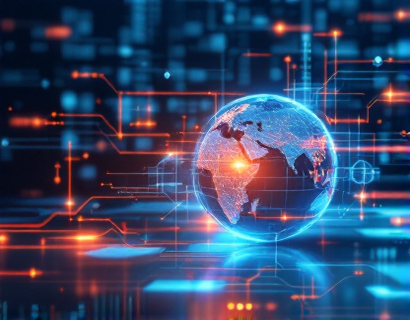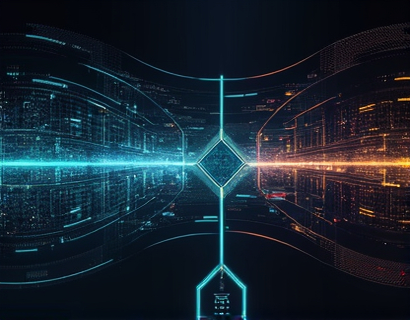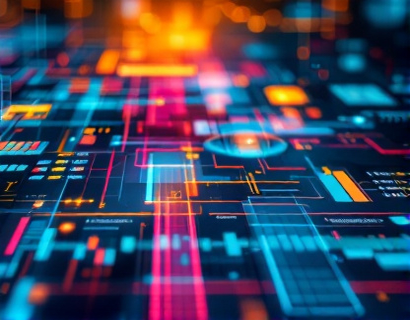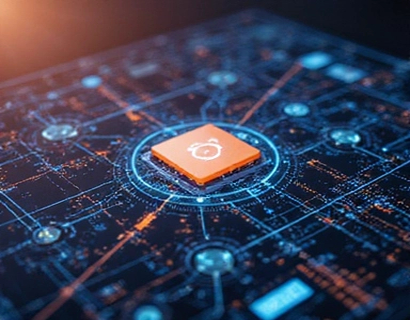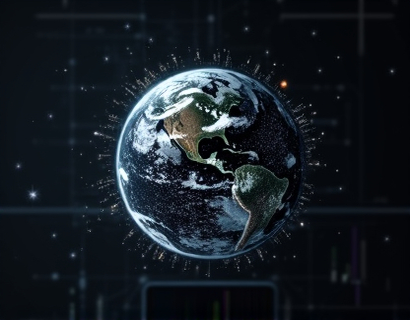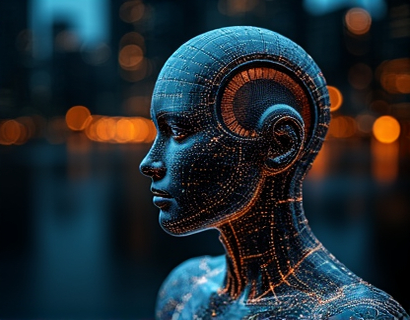Automated Document Translation: Elevating Global Communication with AI-Driven Solutions
In an increasingly globalized world, the need for seamless communication across linguistic barriers has never been more critical. Automated document translation, powered by advanced AI technologies, stands as a pivotal solution to this challenge. This technology not only automates the conversion of text into multiple languages but also ensures precision and cultural sensitivity, thereby saving invaluable time and resources. The integration of AI in document translation has revolutionized the way businesses and individuals handle multilingual content, making it an indispensable tool for efficient global collaboration.
The Importance of Accurate Document Translation
Accurate document translation is fundamental for businesses operating in multiple countries. Miscommunications due to poor translations can lead to significant losses, damaged reputations, and missed opportunities. In legal, medical, and technical fields, the stakes are even higher, where precise translation is not just a matter of convenience but of safety and compliance. AI-driven translation solutions address these concerns by leveraging machine learning algorithms that continuously improve in accuracy and context understanding.
How AI Enhances Translation Quality
AI-driven translation systems go beyond traditional rule-based methods by utilizing neural networks and deep learning techniques. These technologies enable the system to learn from vast datasets, understanding not just the literal meaning of words but also the context, nuances, and cultural implications. This capability ensures that translations are not only linguistically accurate but also culturally relevant, which is crucial for maintaining the intended message and tone across different languages and regions.
Streamlining Workflows with Automated Translation
The automation of document translation significantly streamlines workflows for organizations dealing with multilingual content. Manual translation processes are time-consuming and costly, often leading to delays in project timelines. With AI-driven solutions, documents can be translated instantly, allowing for real-time communication and collaboration. This efficiency is particularly beneficial for businesses that need to respond quickly to global markets or manage international teams.
Enhancing International Collaboration
Global teams face unique challenges in communication, often hindered by language differences. AI-driven translation tools break down these barriers, fostering a more inclusive and collaborative environment. Team members from different linguistic backgrounds can contribute equally, share ideas, and work together seamlessly. This not only enhances productivity but also promotes a diverse and innovative workplace culture.
Ensuring Cultural Sensitivity in Translations
One of the most significant advantages of AI in document translation is its ability to maintain cultural sensitivity. Traditional translation methods often fail to capture the subtleties of language and culture, leading to misinterpretations. AI systems, trained on extensive cultural datasets, can adapt translations to suit the target audience's cultural norms and expectations. This ensures that the translated content resonates with the intended readers, preserving the original message's intent and impact.
Benefits for Businesses
For businesses, the adoption of AI-driven document translation offers numerous benefits. It reduces translation costs and speeds up the process, allowing companies to focus on core activities. Accurate and culturally sensitive translations enhance brand reputation and customer trust, especially in international markets. Additionally, the ability to quickly adapt content for different regions supports global marketing strategies and expands market reach.
Applications in Various Industries
The applications of AI-driven document translation extend across various industries. In the legal sector, precise translations of contracts and legal documents are essential for compliance and risk management. In healthcare, accurate translation of medical records and patient information is critical for patient care and safety. For the education sector, translating academic materials ensures that students from different linguistic backgrounds have equal access to knowledge. In the tech industry, user manuals and software documentation need to be accessible in multiple languages to support a global user base.
Challenges and Limitations
Despite its numerous advantages, AI-driven document translation is not without challenges. One major limitation is the handling of highly specialized or domain-specific terminology, which may require human expertise to translate accurately. Additionally, idiomatic expressions and colloquial language can pose challenges for AI systems, as these often lack direct translations. Continuous improvements in AI algorithms and the integration of human oversight can help mitigate these issues, further enhancing translation quality.
Future Trends in Document Translation
The future of document translation is promising, with ongoing advancements in AI technology. The integration of natural language processing (NLP) and machine learning will continue to improve translation accuracy and context understanding. The development of multilingual models that can handle multiple languages simultaneously is another exciting trend. Furthermore, the incorporation of user feedback and continuous learning mechanisms will make AI translation systems more adaptive and reliable over time.
Conclusion
AI-driven document translation represents a significant leap forward in global communication, offering precise, efficient, and culturally sensitive translation solutions. By automating the translation process, businesses and individuals can overcome language barriers, enhance collaboration, and expand their reach in the global market. As technology continues to evolve, the potential for even more advanced and seamless translation solutions is vast, promising a future where language is no longer a barrier to communication.









